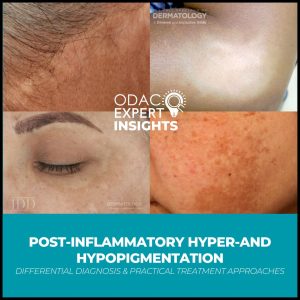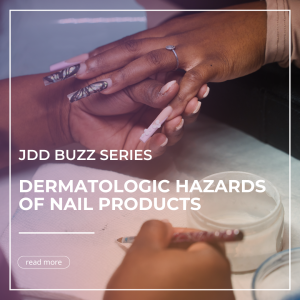
For head-covering women, hair loss can have profound psychosocial, cultural, and spiritual consequences. In fact, emotional distress and fear of feeling exposed can lead these women to delay care. A poster presented at Skin of Color Update shares the experiences of head-covering women with alopecia and how dermatology should adapt to provide more respectful care.
The poster outlines how hair loss in women who wear head coverings is not simply a medical issue. Through qualitative studies, patient narratives, and dermatologic literature, the authors reveal what happens when a person’s hair loss is hidden from public view. Head-covering women still experience grief, anxiety, and fear of stigma at the loss of hair. Barriers to care commonly include discomfort uncovering hair, lack of privacy, unease with male clinicians, and concerns about clinical photography.
The poster also outlines strategies that can improve care. These strategies include offering same-gender examiners, ensuring private exam spaces, clearly communicating each step of the visit, and respecting patient preferences around modesty and documentation. The poster authors contend that dermatology clinicians should acknowledge the religious and emotional significance of hair and adopt more culturally responsive practices. As such, dermatology clinicians can build trust and reduce delays in diagnosis, which in turn, lead to more compassionate, effective alopecia care.
For an interview with the poster’s lead author, read this Next Steps in Derm commentary.









